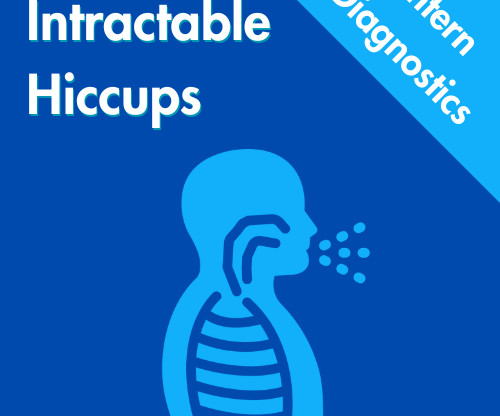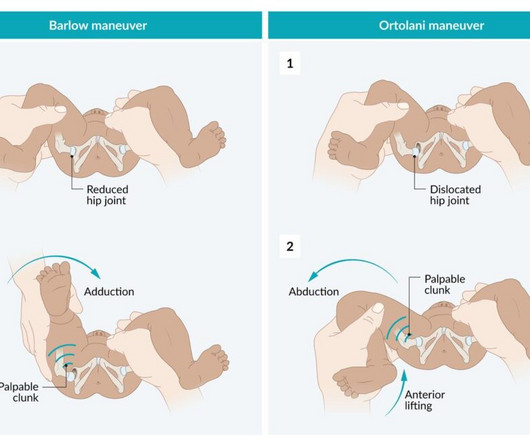What Are the Complications of Sickle Cell Trait?
Pediatric Education
SEPTEMBER 3, 2023
With your sickle cell trait you usually shouldn’t have any problems, but dehydration could cause problems for you. Actually dehydration can cause problems for everyone, so just take an extra ounce or two than everyone else to really stay hydrated,” he counseled.



























Let's personalize your content